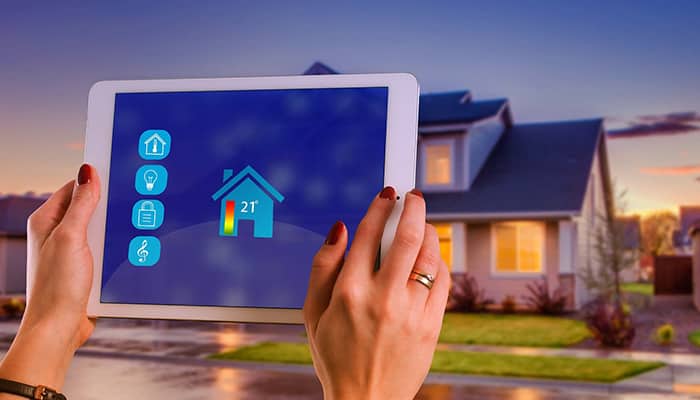Unlocking the Future: The Best Smart Locks for Home 2024 Edition
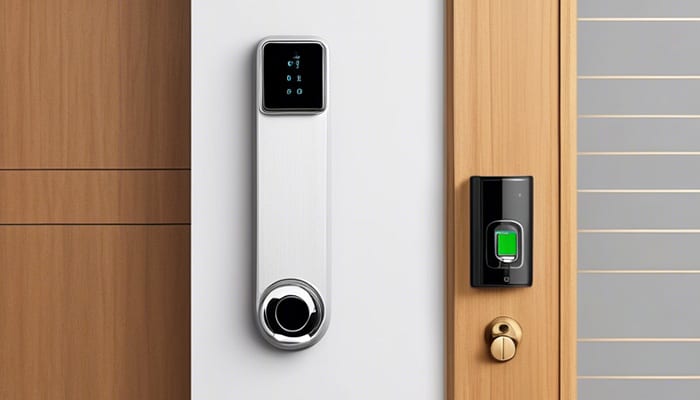
Smart door locks are a crucial part of a connected home. Once a luxury, they are now an affordable necessity for every homeowner. The charm of controlling your door locks remotely, checking entry logs, and sharing temporary access is irresistible. But, what exactly are smart locks? Simply put, they are advanced locking systems that use wireless technology to lock and unlock doors from any location using a mobile device or a key fob.
The Essentials of Smart Door Locks
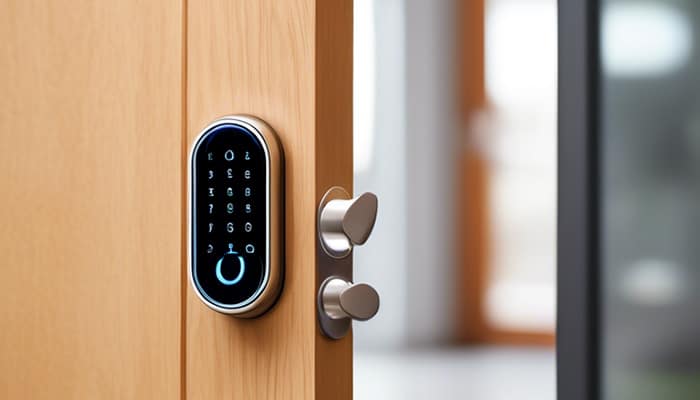
Smart door locks are innovative devices that replace or enhance your traditional door lock. They provide a keyless entry system, enabling you to unlock your front door with a code, a smartphone app, or even your fingerprint. Some models also offer remote control and monitoring capabilities, allowing you to lock or unlock your door from anywhere and keep track of who enters and exits your home.
Why Invest in a Smart Door Lock
Smart door locks offer several advantages:
- Ease of Access: Say goodbye to the hassle of lost keys or locked-out situations. With smart locks, your smartphone becomes your key.
- Remote Control and Monitoring: Most smart locks connect to your home Wi-Fi network, enabling you to control and monitor your lock remotely. Know when your kids arrive home from school, or let in a delivery person while you’re at work.
- Integration with Smart Home Systems: Many smart locks are compatible with popular smart home systems like Alexa, Google Home, and Apple HomeKit, allowing you to control them with voice commands or integrate them into automated routines.
- Improved Security: Smart locks offer enhanced security features like auto-locking and alarms. Some models also allow you to create temporary or timed access codes for guests, housekeepers, or contractors.
- Smart Aesthetics: With sleek and modern designs, smart locks can enhance the curb appeal of your home.
Types of Smart Door Locks
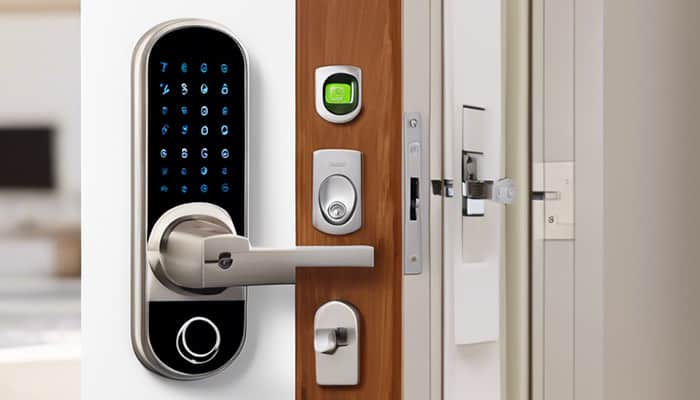
There are two main types of smart door locks:
- Deadbolt Replacements: These models replace your entire deadbolt system. They typically come with a keypad or touch screen and may offer multiple access methods.
- Deadbolt Adapters: These models require you to only replace the interior part of your deadbolt, allowing you to keep your existing keys. Some models also offer an auto-unlock feature based on your phone’s proximity.
The Best Smart Door Locks in 2024
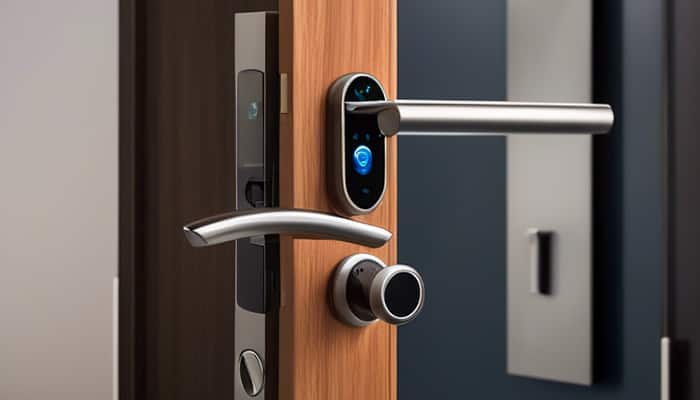
Here are our top picks for the best smart door locks available in 2022, based on their features, compatibility, and user reviews.
Best Overall: Level Lock+

The Level Lock+ is our top pick for its innovative design and versatility. Unlike most smart locks that have a bulky exterior, the Level Lock+ fits all its tech and mechanical bits inside the lock. It supports Apple home keys, offers flexible entry options, and doesn’t look like a smart lock, making it an excellent choice for those seeking a smart lock that blends with their door design.
Check out the Prices here.
Best Value: Defiant Smart Wi-Fi Deadbolt
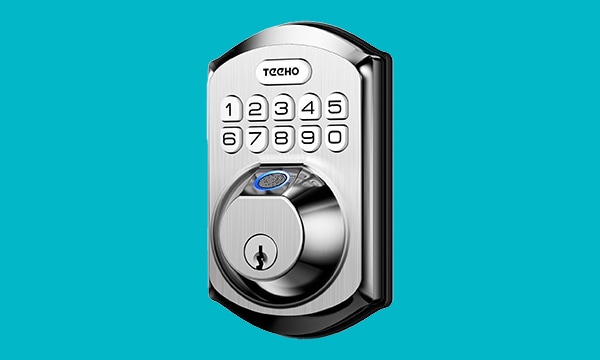
The Defiant Smart Wi-Fi Deadbolt offers all the basics of a smart lock at a reasonable price. It features a simple design, easy installation, and integration with Amazon Alexa and Google Home. It’s an excellent choice for budget-conscious homeowners.
Check out the Prices here.
Best Key Code Smart Lock: Yale Assure Lock 2 With Wi-Fi

The Yale Assure Lock 2 stands out for its versatile and customizable key code system. It supports up to 250 entry codes, the most of any lock we tested. It also boasts a sleek design and compatibility with multiple smart home systems.
Check out the Prices here.
Best Fingerprint Smart Lock: Lockly Flex Touch Fingerprint Deadbolt
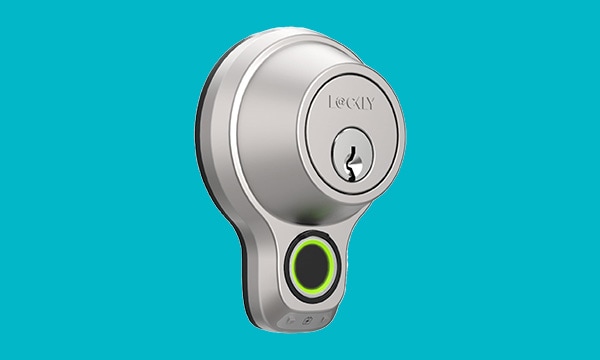
For those who prefer fingerprint access, the Lockly Flex Touch Fingerprint Deadbolt is our top choice. It offers a simple, clean design, and a fast and reliable fingerprint reader, adding a layer of convenience and security to your front door.
Check out the Prices here.
Features to Consider When Buying a Smart Lock

A. Remote Access and Control
- Smartphone Integration: Seamless control through dedicated mobile apps allows users to lock or unlock doors remotely, providing convenience and flexibility.
- Wi-Fi and Bluetooth Connectivity: High-tech smart locks often feature Wi-Fi or Bluetooth connectivity, enabling users to manage access and monitor their homes from anywhere.
B. Keyless Entry Options
- PIN Codes: Eliminating the need for physical keys, PIN code entry offers a secure and customizable alternative, allowing homeowners to grant temporary access to guests or service providers.
- Biometric Recognition (Fingerprint, Facial Recognition): Cutting-edge biometric technology enhances security with personalized access, making it nearly impossible for unauthorized individuals to gain entry.
C. Integration with Smart Home Ecosystems
- Compatibility with Popular Smart Home Platforms: Seamless integration with popular platforms such as Amazon Alexa, Google Assistant, and Apple HomeKit ensures a cohesive smart home experience.
- Automation and Synchronization: Smart locks can be synchronized with other smart devices, such as lights and cameras, allowing for automated actions triggered by lock/unlock events or specific schedules.
These key features collectively enhance the functionality of home smart locks, providing users with advanced control, security, and integration capabilities for a modern and streamlined home security experience.
Security and Encryption
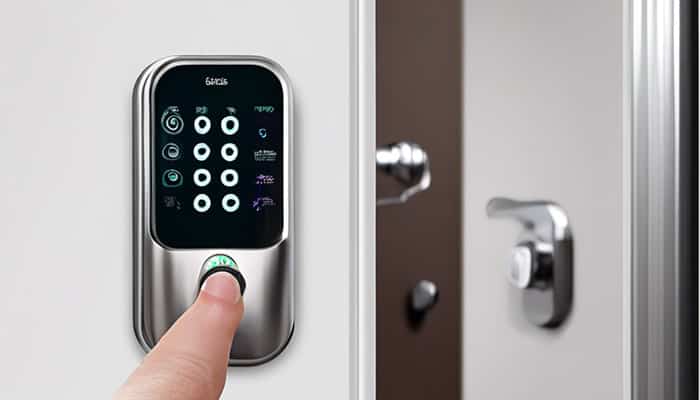
A. Advanced Encryption Standards (AES)
- Data Protection: Home smart locks employ AES encryption to secure communication between the lock and connected devices, ensuring that sensitive information, such as PIN codes and access logs, remains private and tamper-proof.
- Industry-Standard Security: AES is a widely recognized and adopted encryption standard, assuring users that their smart locks meet stringent security protocols.
B. Two-Factor Authentication
- Enhanced Access Control: To bolster security, many smart locks offer two-factor authentication, requiring users to verify their identity through a secondary method, such as a smartphone app or fingerprint scan, in addition to entering a PIN code.
- Reduced Vulnerabilities: Two-factor authentication adds an extra layer of protection, mitigating the risk of unauthorized access even if one layer is compromised.
C. Anti-Tamper Features
- Physical Security Measures: Smart locks incorporate anti-tamper mechanisms, detecting and alerting users to any physical attempts to manipulate or force the lock.
- Tamper-Resistant Design: Robust construction and design features make it challenging for intruders to bypass the lock, ensuring the overall physical integrity of the security system.
D. Secure Data Transmission
- End-to-End Encryption: Smart locks prioritize secure data transmission, employing end-to-end encryption to protect information exchanged between the lock and connected devices, safeguarding against potential interception or hacking.
- Secure Communication Protocols: The use of secure communication protocols, such as Transport Layer Security (TLS), further ensures that data remains confidential during transmission, bolstering the overall security posture of the smart lock.
Homeowners can trust that these security measures work in tandem to create a robust and reliable defense against potential threats, providing peace of mind and confidence in the integrity of their home security systems.
Smart door locks are an excellent investment for enhancing your home security and convenience. They offer keyless entry, remote control, and monitoring capabilities, making your life easier and more secure. Whether you prefer a lock with a keypad, a fingerprint reader, or one that blends with your door design, there’s a smart lock out there for you. By considering factors like design, security, smart home compatibility, connectivity, and battery life, you can find the ideal smart lock for your needs.
- Maximizing Privacy: Essential Tips for Securing Your Smart Home - February 25, 2024
- Best Home Smart Locks in 2024 - January 2, 2024
- Home Centric Vaultek Smart Station - December 17, 2023


